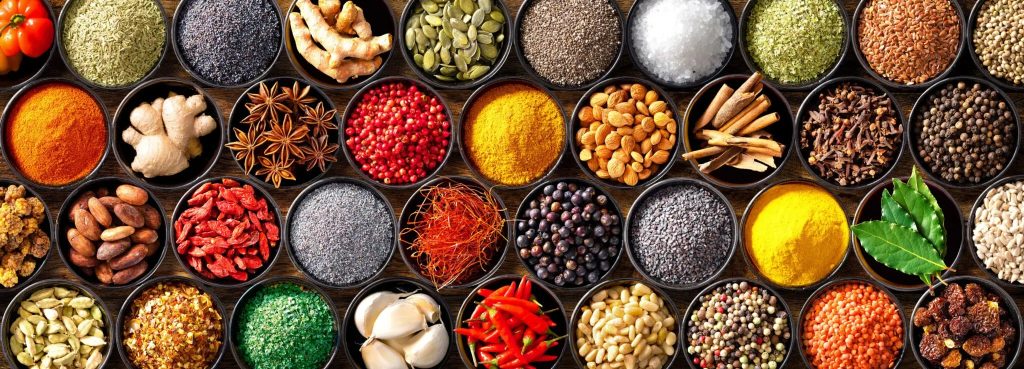
part1
Sources and Uses:
Flavors are usually chemically synthesized or extracted from natural raw materials, and can be classified into three main categories according to their use: daily-use flavors, food flavors and flavors for other purposes. They are widely used in a variety of products, such as cosmetics, food, tobacco, etc., to increase the aroma and flavor of the products.
Extracts, on the other hand, are mainly extracted from plants or other natural materials, and their ingredients retain the natural properties of the raw materials. Extracts are mainly used to deal with airborne odors, such as garbage odors, sewage sludge odors, and other environmental problems, by spraying or pouring to quickly remove sulfide, hydride, ammonia, and other common high-concentration odors.
part2
Mechanism of action:
Flavors act primarily to improve the sensory experience of a product through their aroma or fragrance, giving the product a specific flavor or aroma.
Extracts, on the other hand, act as deodorizers mainly through their natural components, for example by neutralizing or adsorbing odorous substances from the air.
part3
Intrinsic Difference:
Flavors can be synthetic chemicals or natural extracts, but they are formulated to create a specific aroma or flavor. Extracts, on the other hand, are substances that are extracted directly from raw materials, retaining their natural components and properties.
In summary, the main differences between flavors and extracts are their sources, uses and mechanisms of action. Flavors are mainly used to add flavor and aroma to products, while extracts are mainly used to deal with odor problems in the environment.